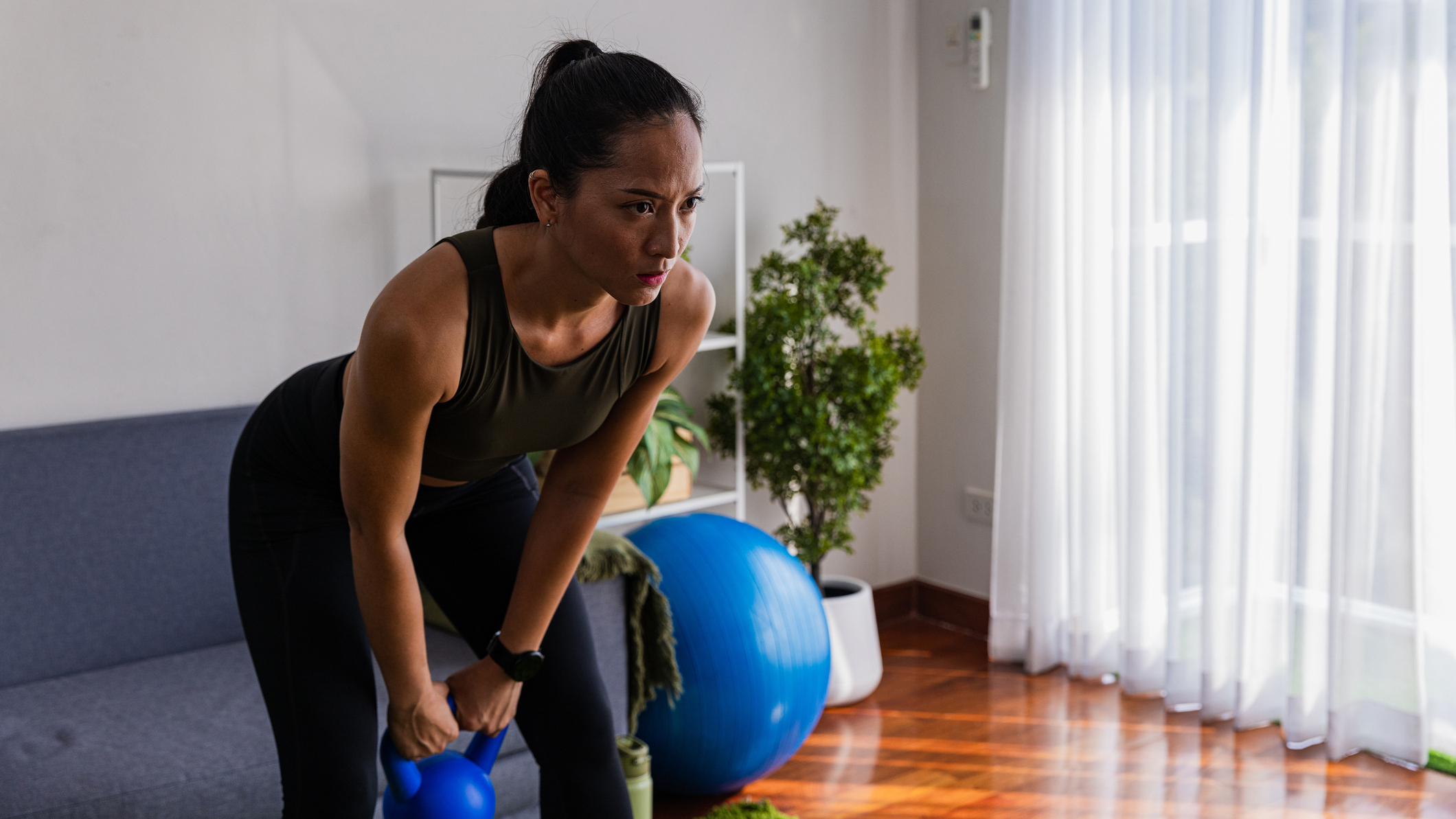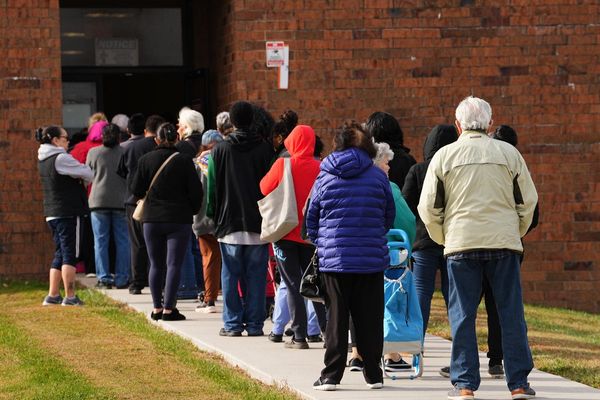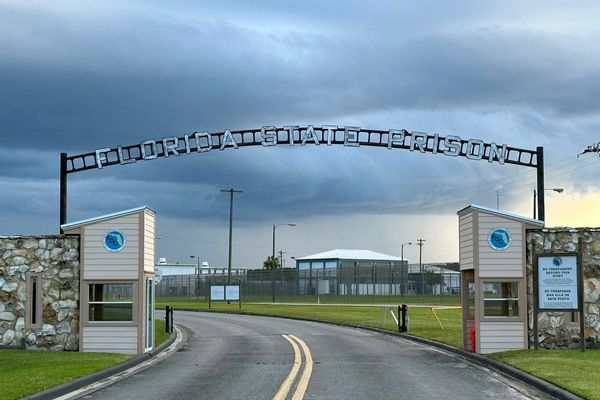
Recently, I’ve been incorporating kettlebell Romanian deadlifts (RDL) into my strength training routine. I tend to rely on variations of goblet squats to train my lower body, but after successfully adding in Bulgarian split squats, I wanted to see how else I could challenge my leg muscles.
I know deadlifts are one of the most popular ways to build strength and I have experience with deadlifting barbells in a gym, but I no longer have a gym membership and the set of kettlebells I have at home isn’t heavy enough to challenge me when deadlifting. Enter, the RDL, which is typically performed with a lighter load.
While the deadlift requires you to lift the weight off the floor and then lower it back down, the RDL reverses the movement. You stand holding the weight in front of you, then push your hips back to lower the weight, before extending your hips to return to standing.
What I discovered
I was surprised to find that on my last few reps in particular, I could feel pressure in my deep core, around my lower belly. Many of us try to target this area with moves like reverse crunches or Russian twists, and I use my ab wheel to activate those muscles.
I’ve often felt the strain in my obliques (the muscles on the sides of my torso) when doing a heavy goblet squat, but I assumed they were engaged to help me maintain my balance. The kettlebell isn’t held as high with the RDL so feeling my core switch on was a surprise.
The core is responsible for supporting our posture, and it might be that when performing these RDLs, the deeper abdominal muscles were engaging to help support my lower back, which also gets a good workout during the hip-hinge part of the movement.
Does the Romanian deadlift work the core?
I wanted to make sure it was normal to feel the lift in my core, so I asked Ian Groves, personal trainer and managing director of Training Station, if this was normal.
“Your core helps you to maintain a good posture and protects your spine and lower back,” says Groves, “especially on an exercise such as RDLs which has a big focus on the lower back.”
Of course, that’s not all RDLs train. “RDLs target the muscles at the back of the body, including the hamstrings, glutes and lower back,” says Groves, who adds that you’ll also train your forearms to improve your grip strength.
“But, most important of all, RDLs are a great exercise for those who sit at their desk for long periods because they can help to improve your posture and reduce the risk of lower back pain.”







